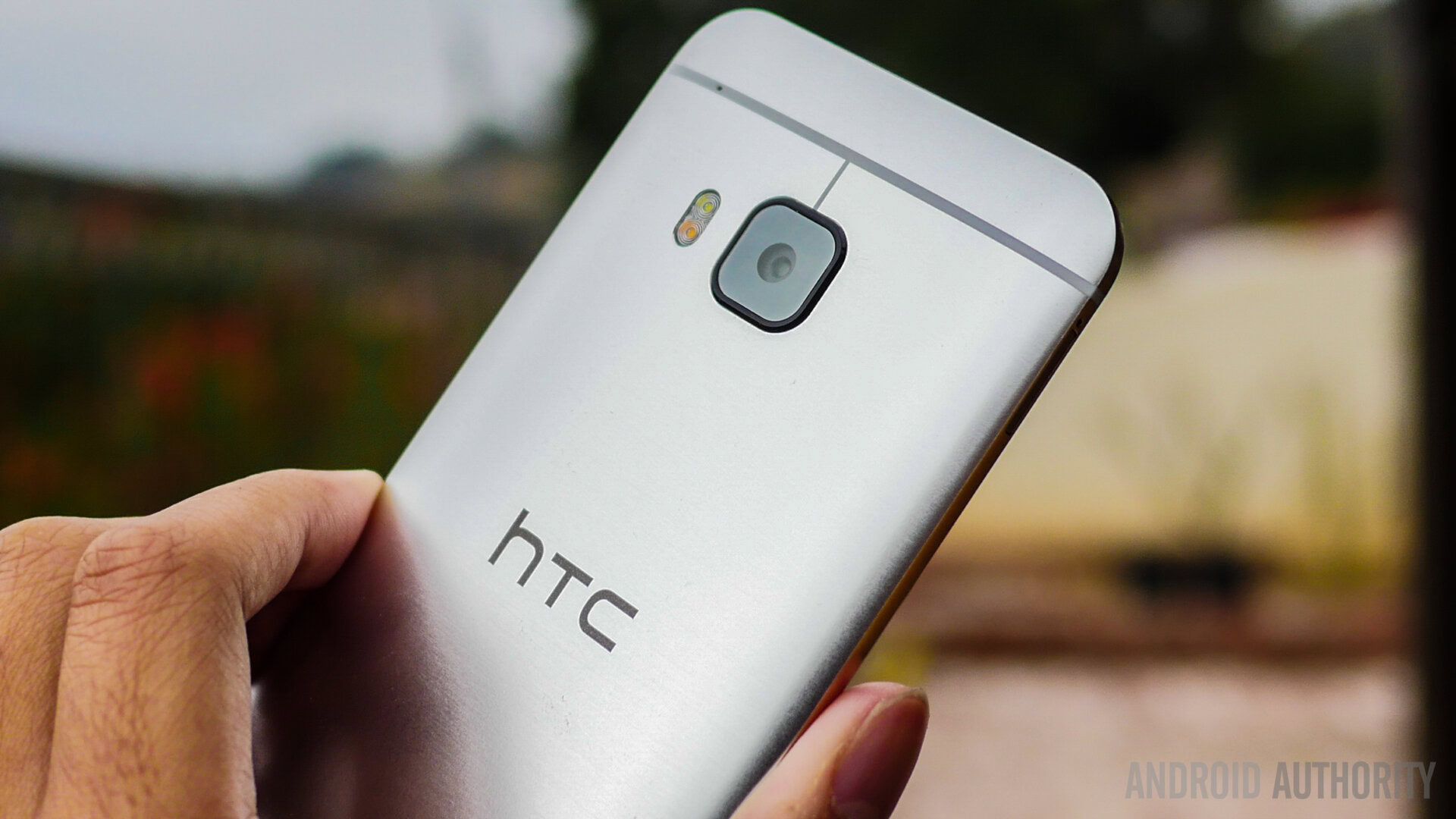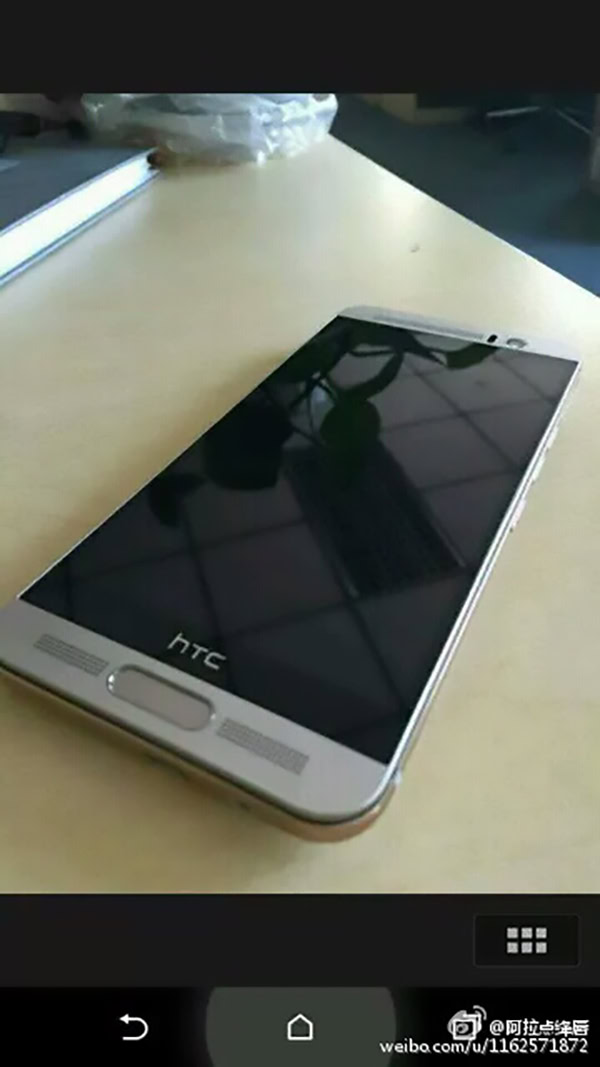Affiliate links on Android Authority may earn us a commission. Learn more.
HTC One M9 - Really, HTC?
Published onApril 13, 2015

Every year manufacturers release a new handset (and sometimes more than one a year) which they dub their flagship and HTC is no different with the One M9 representing their latest attempt to challenge the dominance of Samsung and Apple.
I’ve been a long fan of HTCsmartphones, right back to the HTCHD2, the good old Windows days and the HTCOne X range on Android. For many years, I’ve said that HTCSense is one of the best interfaces available on Android. Yet this year, the HTCOne M9 seems to have fallen a bit flat in my opinion.
Waiting for the next great handset from the Taiwanese manufacturer, we saw leaks and rumors abound before MWC and these all pretty much revealed the specs, which are a moderate upgrade over last year’s HTC One M8. There are a few new features but on the whole, the One M9 is an evolutionary upgrade of HTC’s hardware and software to a more refined state. The problem is – HTC’s rivals haven’t stood still but HTChas somewhat.
Let’s talk about what’s new in the One M9 – the internals have been upgraded with a new octa-core 64-bit Snapdragon 810 chipset and 3GB RAM powering the entire package. The build has been upgraded as well, with a slightly more refined design resulting in a sleeker-yet-thicker package. The display still measures 5.0 inches and is still Full HD but it does seem to be a little sharper than the One M8 (although this is based on memory). HTCSense has been updated, made sleeker and received some new features but it again feels like HTC have largely stuck to the same as last year.
My biggest issue is with the biggest “improvement” on the One M9 – the all-new 20MP camera. HTChave purchased a Toshiba sensor and although it’s an upgrade over the Ultrapixel on the One M8, the camera just doesn’t produce the quality images you’d expect given the sensor size.
HTC One M9 - a handset that brings a new level of performance for HTChandsets but fails to set the world alight
Now let’s look at how it compares to the Galaxy S6 – the screen, processor, battery, camera and arguably even the software (although less likely) are better on Samsung’s handset. While the HTCOne M9 is an evolution of an already-impressive handset from last year, the Galaxy S6 is a complete overhaul. HTC may have thought this evolutionary device would recapture the market for them but they weren’t counting on Samsung revolutionizing the Galaxy S5 successor as much as they did.
I mean, where’s the 2k display, outstanding camera, fingerprint sensor and all the other bells and whistles we expect from a £550 flagship? Oh wait, HTCchose to put them in the new One M9 Plus and One E9 Plus. Yep.
HTC’s flagship One M9 isn’t really their flagship.
Let’s recap quickly. HTCannounced the One M9 at MWC on March 1st and then on 30th March, they launched the One E9 Plus in China. Fast forward another few days to 8th April and we have what should be HTC’s true flagship. Let’s look at how the One E9+ compares to the One M9 and then do the same with the One M9+ and its younger sibling.
The One E9 Plus brings a slightly larger 5.5 inch Quad HD display with 534 pixels per inch density, an octa-core MediaTek 2GHz processor, 2GB RAM and a similar 20MP camera which has slightly less resolution and only shoots 1080p video. In comparison, the One M9 has a 5 inch Full HD 1080p display at 441 pixels per inch density, an octa-core Snapdragon 810 chipset clocked at 1.5GHz/2GHz with 3GB RAM and a 20.7MP camera with 4K video and some bells and whistles.
The other notable differences are that HTChave somehow made the One E9+ better than the flagship as it has a slightly larger screen-to-body-ratio (69.7% vs 68.4%) and a slimmer build (7.5mm vs 9.6mm). The One E9 Plus supports Dual SIM with dual-standby while the One M9 is single-SIM only. Both handsets run Android 5.0 Lollipop with the same Sense 7 UI and while the One M9 retails for $649 off-contract, the One E9 Plus is expected to launch at closer to $450.
Move on to the One M9 Plus and it is even more similar to the One M9.
The key differences between the One M9 and One M9 Plus are the display and the processor, as otherwise the specs are pretty much identical. The One M9 Plus has a 5.2 inch Quad HD 2k display offering 534 ppi density compared to the 5.0 inch Full HD 1080p screen on the One M9, which has 441 ppi density. The other notable change is the processor – while the original One M9 uses a Qualcomm Snapdragon 810 octa-core 64-bit processor, the One M9 Plus uses an octa-core MediaTek 2.2GHz processor. The One M9 Plus also offers a home button on the front which houses a fingerprint sensor but the One M9 gets none of the biometric treatment.

Prior to the announcement of the One M9 and even since, there’s been reports that the Snapdragon 810 processor can overheat and this is supposedly the reason Samsung opted to switch to their own Exynos processor in the Galaxy S6 and Galaxy S6 Edge. This could also be why the two new “flagships” from HTChave switched to a MediaTek processor, although the fact they’re designed for Asian markets only could also have some bearing on the processor choice.
Which brings me back to my original point, where are all the bells and whistles on HTC’s global flagship? On a couple of devices, which are designed for Asia only. This pretty much sums up HTC’s problem. They’ve released this global flagship at the biggest trade show of the year and then within six weeks, they’ve already announced two arguably better handsets.
Looking at HTC’s rivals, it’s clear that Samsung’s flagship is the Galaxy S6 (the S6 Edge is slightly more niche and expensive) while Apple’s flagship is the iPhone 6 Plus (the iPhone 6 is a cheaper alternative). LG have the upcoming G4 as their flagship for the next year and even Sony are limiting themselves to just one flagship per year with the new Xperia Z4 – which might have a Quad HD display – that’s expected to be announced later in the year.
Look at the One M9, One M9 Plus, and the One E9 Plus and it’s not immediately clear which is the flagship. Is it the globally available One M9, the desire-like One E9 Plus, or the spec-busting One M9 Plus? If all three handsets were available in the same markets, it’s likely that customers would buy the One M9 Plus as it combines the specs of the One E9 Plus with the design of the One M9 and herein lies HTC’s problem.
Earlier in this editorial, I touched on the One M9 and how it felt flat. That’s because I wanted the best I can get for that money. The One M9 has a recommended retail price of £579.99 but for just £20 extra, you can get the Galaxy S6 (without the Edge), which offers a vastly superior performance. The One M9 will, without doubt, appeal to all HTCfans but HTC’s issue is that it needs more than just its own fans, it needs to capture market share from rival manufacturers and sadly the One M9 just doesn’t meet the mark in my eyes.
Less is more...
[related_videos align=”center” type=”custom” videos=”596131,597711,595809,597284″]
These are my thoughts but of course, I welcome your opinion as well. What do you think of the points I’ve made and do you agree about the strange decisions HTChas made with its product line-up? Let me know your views in the comments below.
Thanks to Three UK for lending me the One M9, check out their Feel At Home roaming service which lets you use your phone abroad for free!